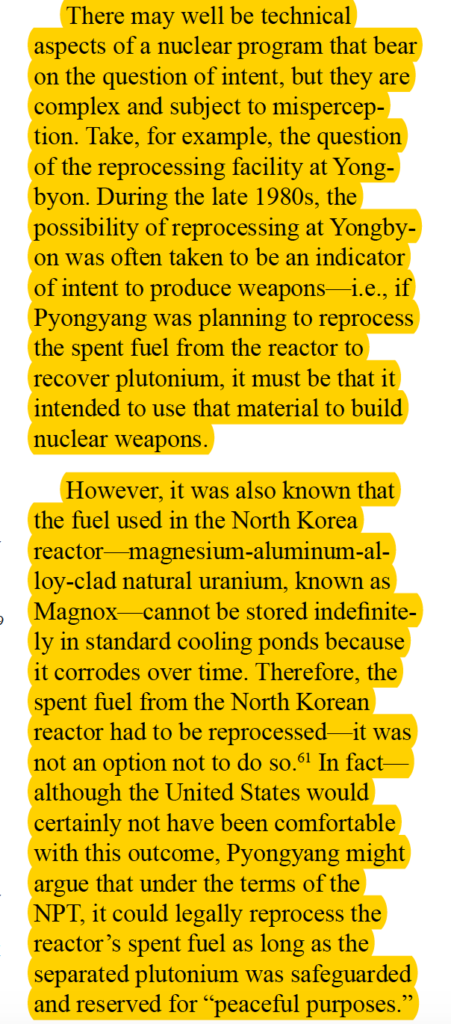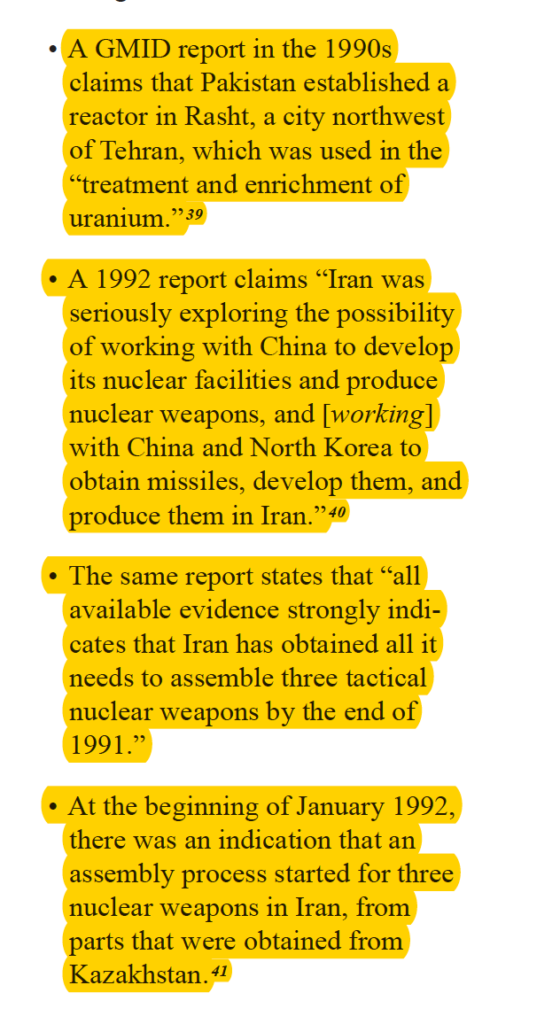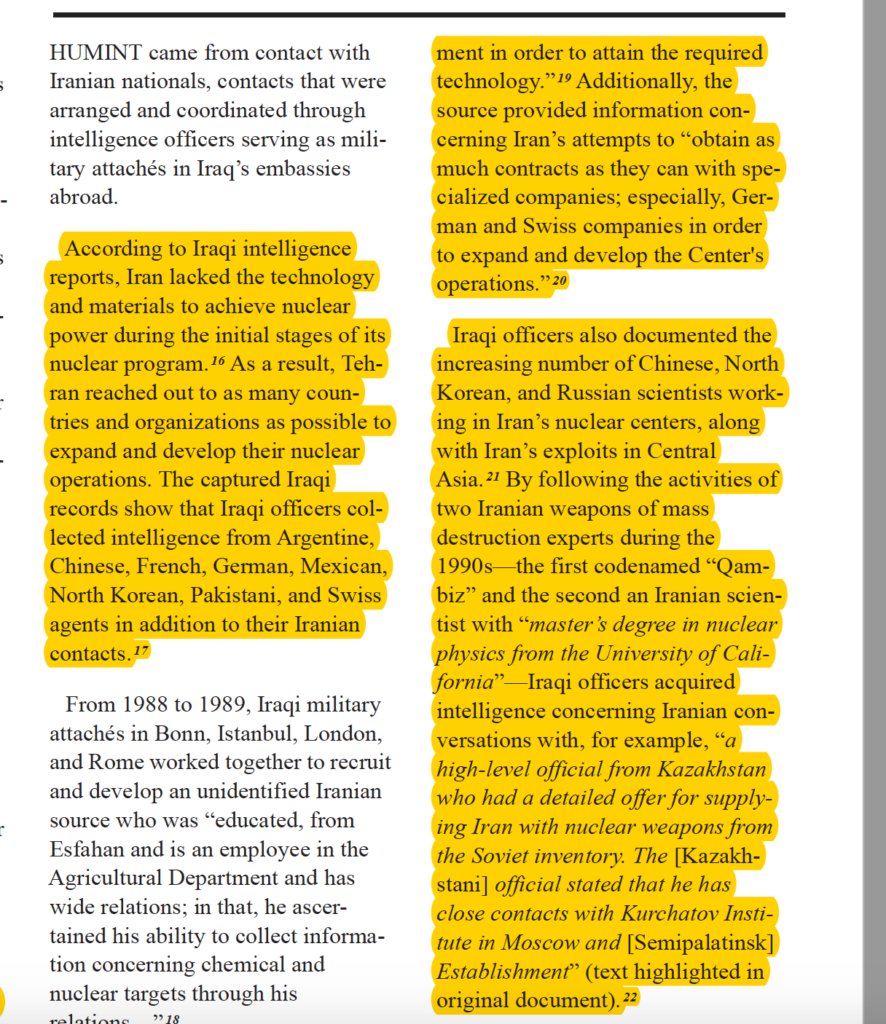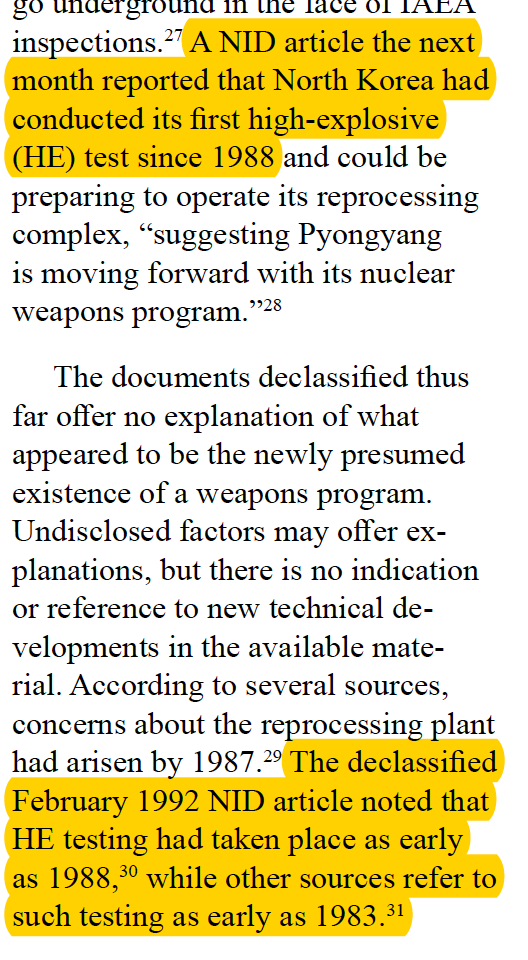I previously wrote about this December 2019 CIA article titled “An Intelligence Perspective: North Korea’s Nuclear Program: The Early Days, 1984–2002.” This part caught my eye:

I can’t speak to whether it’s necessary to reprocess this type of spent fuel. But some of the work done pursuant to the 1994 Agreed Framework may provide a clue. According to the that agreement, the United States and North Korea were to
cooperate in finding a method to store safely the spent fuel from the 5 MW(E) experimental reactor during the construction of the LWR project, and to dispose of the fuel in a safe manner that does not involve reprocessing in the DPRK.
It looks as if the CIA claim may be accurate. This Sandia report describes the nature of spent fuel from Magnox reactors:
The fuel itself is uranium metal, which corrodes much more easily than uranium oxide fuel found in light water reactors. When in contact with water, metallic uranium converts to uranium oxide and uranium hydride. Both uranium metal and uranium hydride are pyrophoric, which presents a fire hazard.
The report further noted that
If the DPRK did not reprocess the spent fuel removed from the storage pool, and just stored it without special care in a dry pit or another water pool, the spent fuel may have undergone severe corrosion. Magnox spent fuel presents a spontaneous fire hazard due to uranium hydride, and may leak fission products through corroded cladding, eventually contaminating the surroundings.
The notional storage time of the canned North Korean spent fuel in the dedicated pool was up to three years, according to the same report. The rest of the plans for the fuel were complicated and involved removing the spent fuel from North Korea. This all suggests to me that, as a practical matter, Pyongyang may have been unable to store the fuel indefinitely.
North Korea did, of course, later conclude a comprehensive safeguards agreement and to get rid of the spent fuel and reprocessing facility.




